The Manaslu – Tsum Valley Trek offers a unique and less-traveled path in Nepal, combining stunning natural beauty with rich cultural heritage. This trek takes you through the remote and sacred Tsum Valley, along the majestic Manaslu region, providing an immersive experience into traditional Tibetan Buddhist culture and breathtaking Himalayan landscapes. Proper preparation is crucial to ensure a safe and enjoyable journey.
In this guide, we will cover everything you need to know to get ready for the Manaslu – Tsum Valley Trek, from physical training and essential gear to permits and route planning.
1. Understanding the Manaslu – Tsum Valley Trek
Overview
The Manaslu – Tsum Valley Trek is a hidden gem in Nepal’s trekking routes. This trek offers a serene and culturally rich experience, combining the ancient Tsum Valley with the spectacular Manaslu region. The trek spans approximately 20 to 24 days, covering diverse terrains, from lush subtropical forests to high alpine landscapes.
Duration and Difficulty
The trek is challenging due to its length and high altitudes, reaching up to 5,160 meters at the Larkya La Pass. It is recommended for experienced trekkers who are well-prepared for strenuous hikes and high-altitude conditions.
2. Physical Preparation
Fitness Training
Physical fitness is essential for enjoying the Manaslu – Tsum Valley Trek. A comprehensive training plan should include:
- Cardiovascular Workouts: Engage in activities like hiking, running, and cycling to build stamina. Aim for 30-45 minutes of cardio exercises, five times a week.
- Strength Training: Focus on exercises that target the legs, core, and upper body. Squats, lunges, deadlifts, and core exercises will strengthen the muscles needed for trekking.
- Flexibility and Balance: Incorporate yoga or stretching exercises to improve flexibility and balance, reducing the risk of injuries.
Altitude Training
Acclimatizing to high altitudes is crucial to avoid altitude sickness. If possible, train at higher elevations before your trek. Additionally, consider the following tips:
- Gradual Ascent: Include acclimatization days in your itinerary to allow your body to adjust to the altitude.
- Stay Hydrated: Drink plenty of water to help your body adapt to the high elevations.
- Avoid Alcohol: Refrain from consuming alcohol as it can worsen the effects of altitude sickness.
3. Gear and Packing Essentials
Clothing
Layering is key to staying comfortable in the varying climates encountered during the trek. Here’s a suggested packing list:
- Base Layers: Moisture-wicking shirts and thermal underwear.
- Mid Layers: Insulating fleece or down jackets.
- Outer Layers: Waterproof and windproof jackets and pants.
- Trekking Pants and Shirts: Lightweight and quick-drying.
- Hat, Gloves, and Buff: For warmth and protection against the elements.
- Socks and Underwear: Merino wool or synthetic materials to keep your feet dry and warm.
Footwear
- Trekking Boots: Sturdy, waterproof, and well-broken-in boots with good ankle support.
- Camp Shoes: Lightweight and comfortable shoes for relaxing in the evenings.
- Gaiters: To keep debris and snow out of your boots.
Equipment
- Backpack: A 40-60 liter backpack with a rain cover.
- Sleeping Bag: Rated for -10°C (14°F) to ensure warmth during cold nights.
- Trekking Poles: Helpful for stability and reducing strain on your knees.
- Headlamp: With extra batteries for early starts and late finishes.
- Water Bottles and Purification: Reusable water bottles and a purification method (tablets, filter, or UV purifier).
Accessories
- Sunglasses: UV-protection for high-altitude sun exposure.
- Sunscreen and Lip Balm: High SPF to protect against strong UV rays.
- First Aid Kit: Including blister care, pain relievers, antiseptic wipes, and any personal medications.
- Personal Hygiene Items: Biodegradable soap, toothpaste, toilet paper, and wet wipes.
- Camera and Electronics: Extra batteries or a portable charger.
4. Permits and Documentation
Required Permits
Several permits are required for the Manaslu – Tsum Valley Trek:
- Manaslu Restricted Area Permit (RAP): Necessary for trekking in the Manaslu region.
- Tsum Valley Restricted Area Permit: Required for entering the Tsum Valley.
- Annapurna Conservation Area Permit (ACAP): Needed for trekking in the Annapurna region.
- Manaslu Conservation Area Permit (MCAP): Required for the Manaslu area.
These permits can be obtained through a registered trekking agency. Ensure you carry multiple copies of your passport-sized photos and the required fees in Nepalese rupees.
5. Trekking Route Planning and Itinerary
Popular Starting Points
The trek typically begins in Soti Khola and ends in Besisahar. The route offers a blend of cultural experiences and natural beauty, with numerous side trips and acclimatization opportunities.
Suggested Itinerary
Here’s a suggested itinerary for a 20-day trek:
- Day 1: Kathmandu to Soti Khola
- Day 2: Soti Khola to Machha Khola
- Day 3: Machha Khola to Jagat
- Day 4: Jagat to Lokpa
- Day 5: Lokpa to Chumling
- Day 6: Chumling to Chhokang Paro
- Day 7: Chhokang Paro to Nile/Chhule
- Day 8: Nile/Chhule to Mu Gompa, side trip to Dhephu Doma Gompa
- Day 9: Mu Gompa to Chhokang Paro
- Day 10: Chhokang Paro to Gumba Lungdang
- Day 11: Gumba Lungdang to Ripchet
- Day 12: Ripchet to Deng
- Day 13: Deng to Namrung
- Day 14: Namrung to Lho
- Day 15: Lho to Samagaon
- Day 16: Acclimatization day in Samagaon, side trip to Pungyen Gompa
- Day 17: Samagaon to Samdo
- Day 18: Samdo to Dharamsala
- Day 19: Dharamsala to Bimtang via Larkya La Pass
- Day 20: Bimtang to Dharapani, drive to Besisahar
Acclimatization Days
Acclimatization days are vital, particularly in Samagaon. Use these days to take short hikes, explore local culture, and allow your body to adjust to the altitude.
6. Accommodation and Food
Tea Houses
Tea houses are the primary form of accommodation on the Manaslu – Tsum Valley Trek. They offer basic lodging and meals and are an excellent way to connect with fellow trekkers and local culture. Here’s what to expect:
- Rooms: Simple rooms with twin beds and blankets. A sleeping bag is recommended for extra warmth.
- Meals: A variety of meals, including Nepali, Tibetan, and Western dishes. Dal Bhat (rice and lentils) is a staple.
- Showers and Toilets: Shared facilities, with hot showers available for an additional fee.
Food and Nutrition
Proper nutrition is essential for maintaining energy and stamina. Here are some tips:
- Eat Regularly: Have three main meals and snacks in between.
- Stay Hydrated: Drink plenty of water and consider electrolyte supplements.
- Balanced Diet: Include carbohydrates, proteins, and fats. Dal Bhat is an excellent choice for balanced nutrition.
7. Health and Safety
Altitude Sickness
Altitude sickness can affect anyone trekking above 2,500 meters. Symptoms include headache, nausea, dizziness, and fatigue. Here’s how to prevent and manage it:
- Ascend Gradually: Follow the principle of “climb high, sleep low.”
- Hydrate Well: Drink water regularly and avoid alcohol.
- Listen to Your Body: If symptoms persist, descend to a lower altitude.
First Aid and Emergency
Carry a comprehensive first aid kit and know basic first aid procedures. Familiarize yourself with the locations of medical facilities along the trek. In case of severe altitude sickness or injuries, evacuation by helicopter may be necessary.
Travel Insurance
Ensure you have travel insurance that covers high-altitude trekking and emergency evacuation. Verify that your policy includes coverage for trekking above 5,000 meters.
8. Cultural Considerations and Etiquette
Respect Local Culture
The Manaslu – Tsum Valley Trek passes through several villages inhabited by diverse ethnic groups, including Tibetan Buddhist communities. Respect local customs and traditions:
- Greetings: Use “Namaste” to greet locals.
- Dress Modestly: Cover your shoulders and knees, especially in villages and religious sites.
- Ask Permission: Before taking photographs of people or religious sites.
Environmental Responsibility
Practice Leave No Trace principles to preserve the natural beauty of the Manaslu region:
- Carry Out Trash: Bring back all your waste, including toilet paper.
- Use Designated Toilets: Avoid polluting water sources.
- Stick to Trails: Prevent erosion and protect fragile vegetation.
9. Final Preparations
Check Your Gear
Ensure all your gear is in good condition and fits well. Break in your trekking boots and test your backpack with a full load.
Last-Minute Health Check
Visit your doctor for a check-up and ensure you have all necessary vaccinations. Carry any prescription medications you might need.
Pack Wisely
Pack efficiently, keeping your load as light as possible. Double-check your packing list to ensure you have all essentials.
Mental Preparation
Prepare mentally for the challenges ahead. Stay positive, be adaptable, and enjoy the journey. Remember that the trek is not just a physical challenge but a spiritual and cultural experience.
Why Trekking Routes?
Choosing Trekking Routes for your Manaslu – Tsum Valley Trek ensures you receive expert guidance and support from experienced professionals. Our team is dedicated to providing personalized service, ensuring all aspects of your trek are meticulously planned and executed. With a deep understanding of the local culture and terrain, we offer insightful knowledge and tips that enhance your trekking experience. We prioritize your safety and comfort, providing comprehensive support from the moment you start your journey until you return. Trust Trekking Routes to make your adventure safe, memorable, and enriching.
Preparing for the Manaslu – Tsum Valley Trek with Trekking Routes requires careful planning and thorough preparation. By focusing on physical fitness, packing the right gear, understanding the route, and respecting local culture, you’ll set yourself up for a successful and memorable adventure. Embrace the journey, and enjoy every moment of trekking through one of the most beautiful and culturally rich regions in the world. With Trekking Routes, you’re in expert hands, ready to embark on an unforgettable adventure. Safe travels and happy trekking!
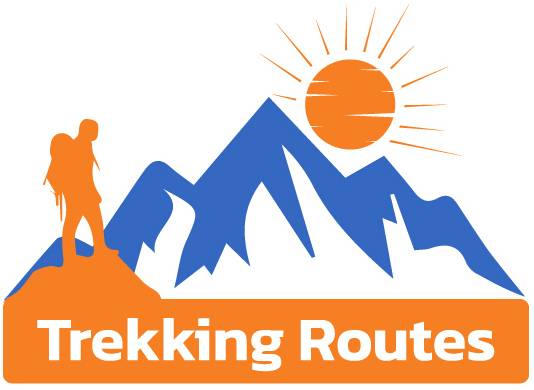

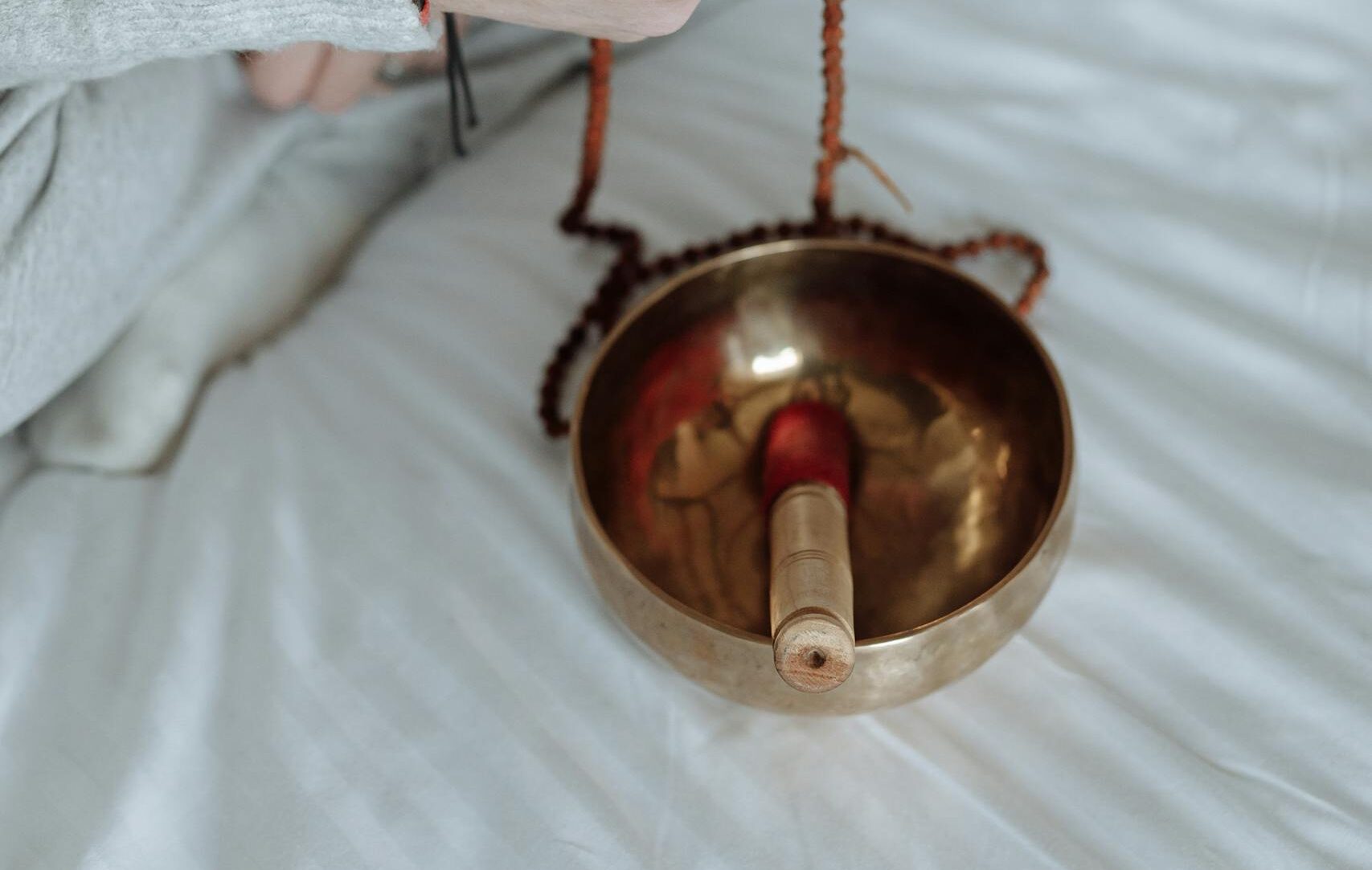
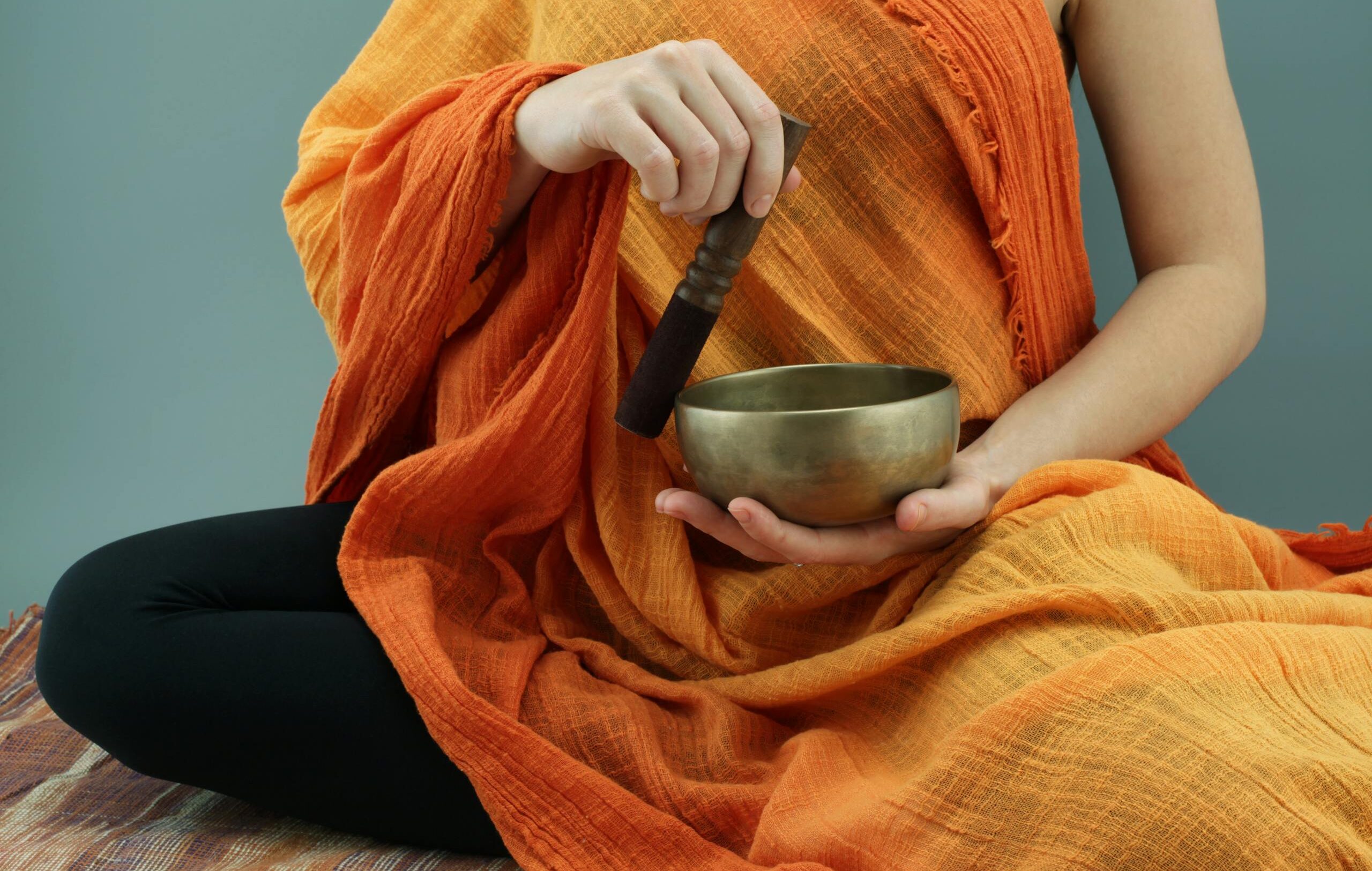
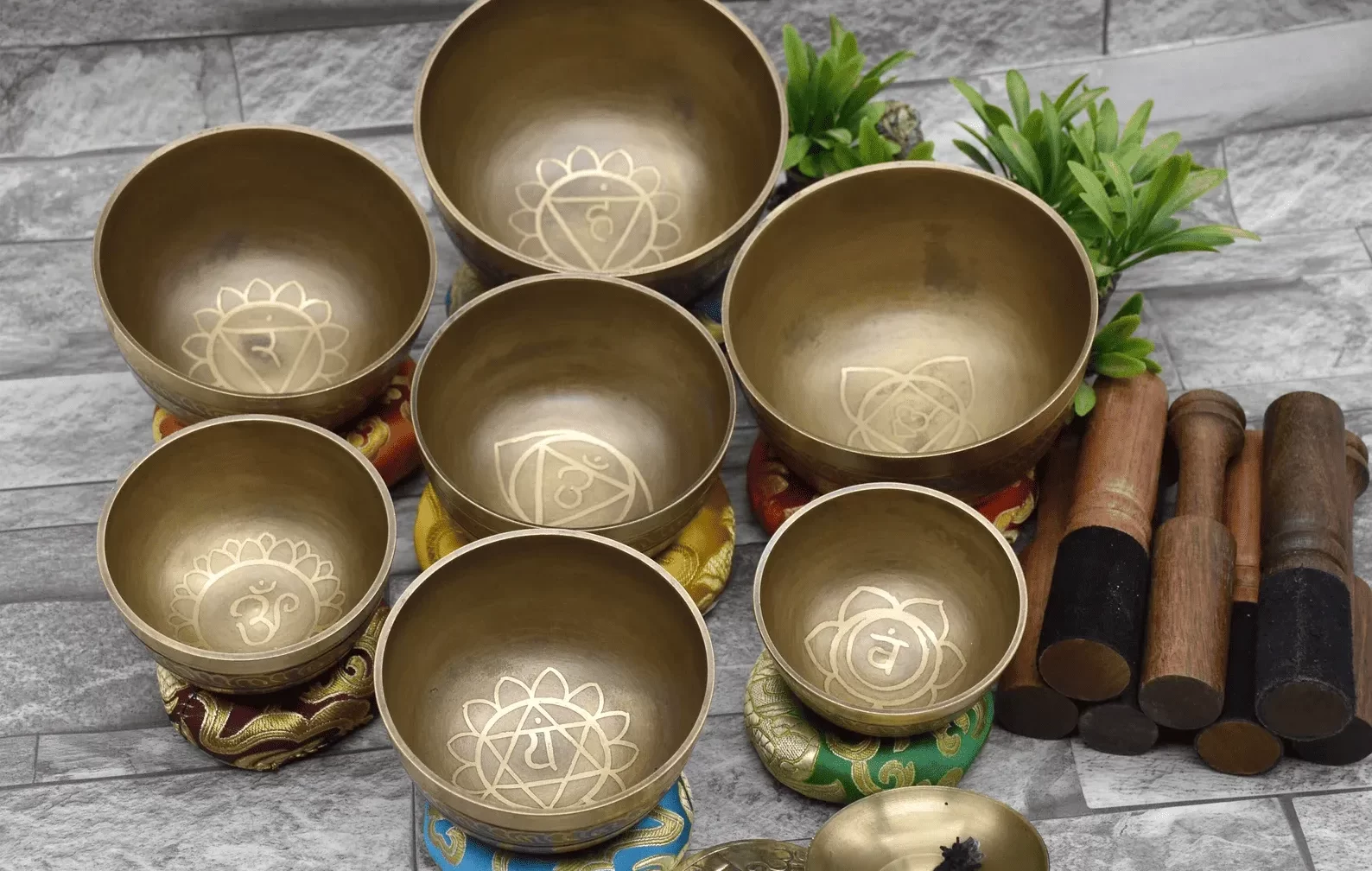
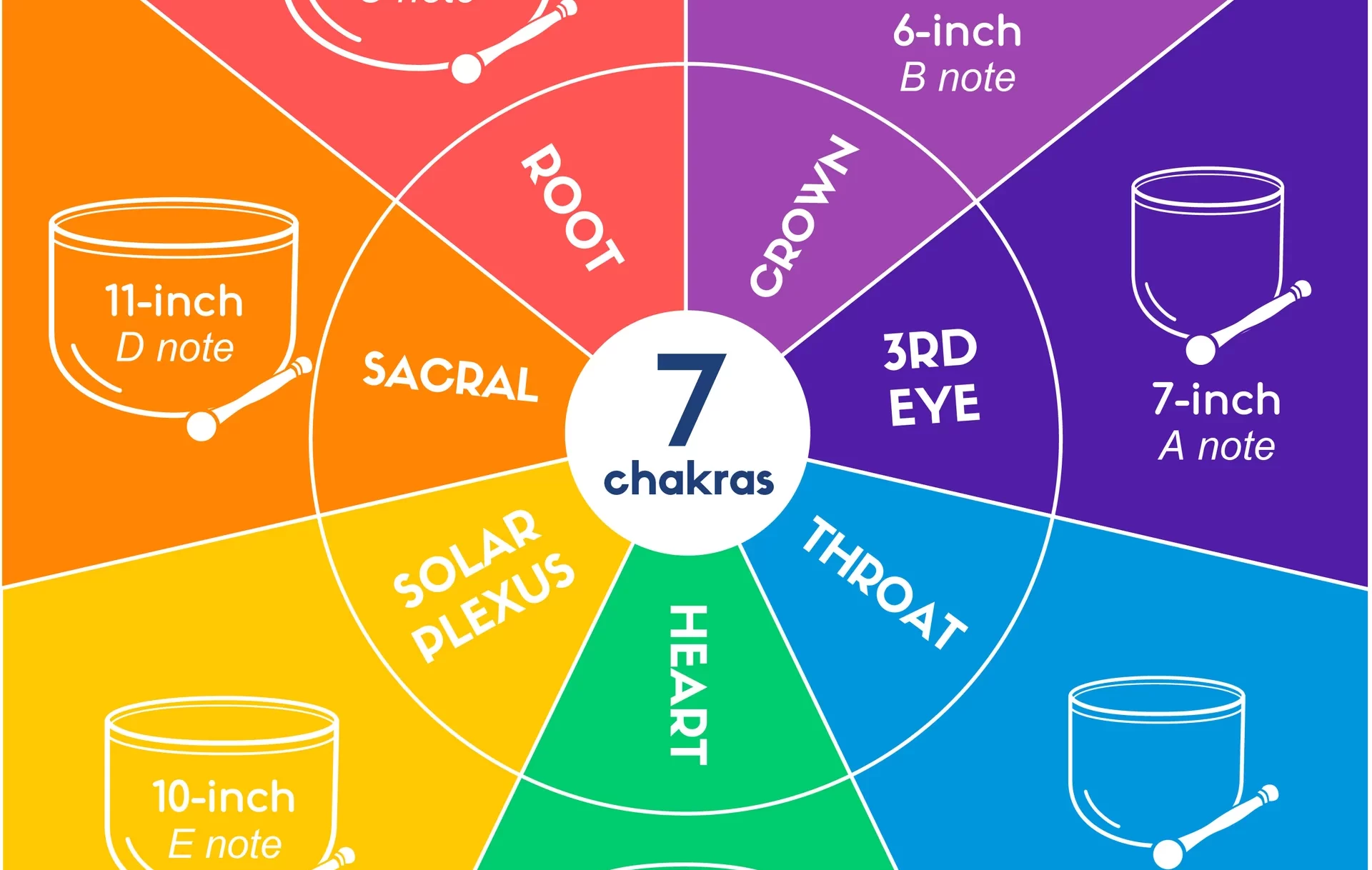
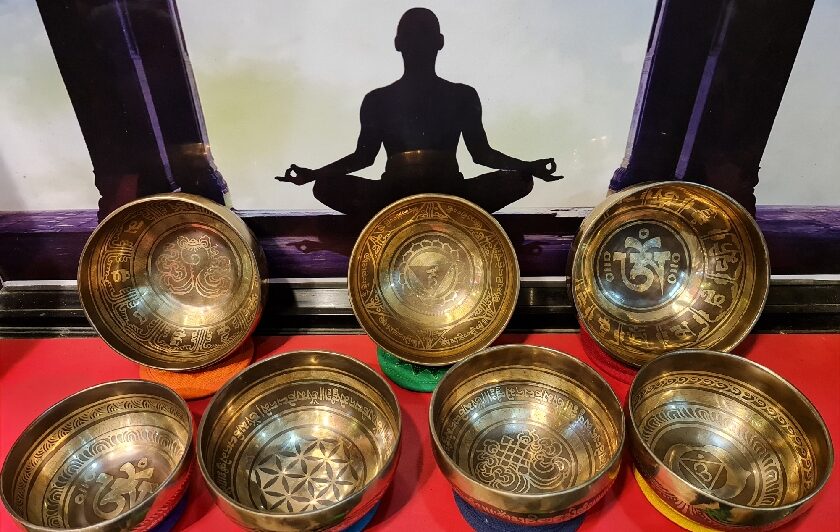
0 Comments